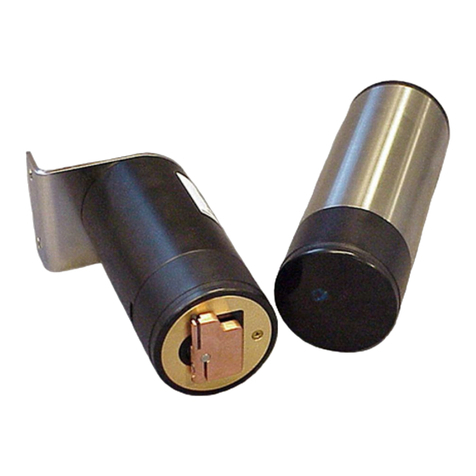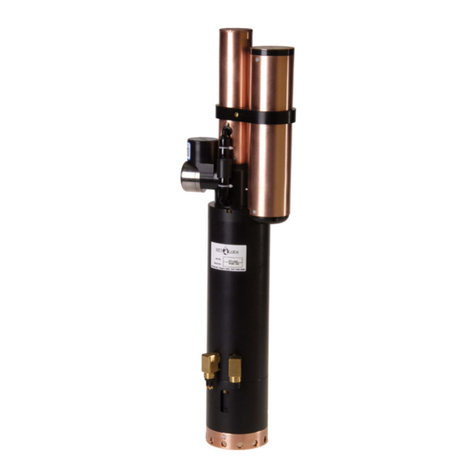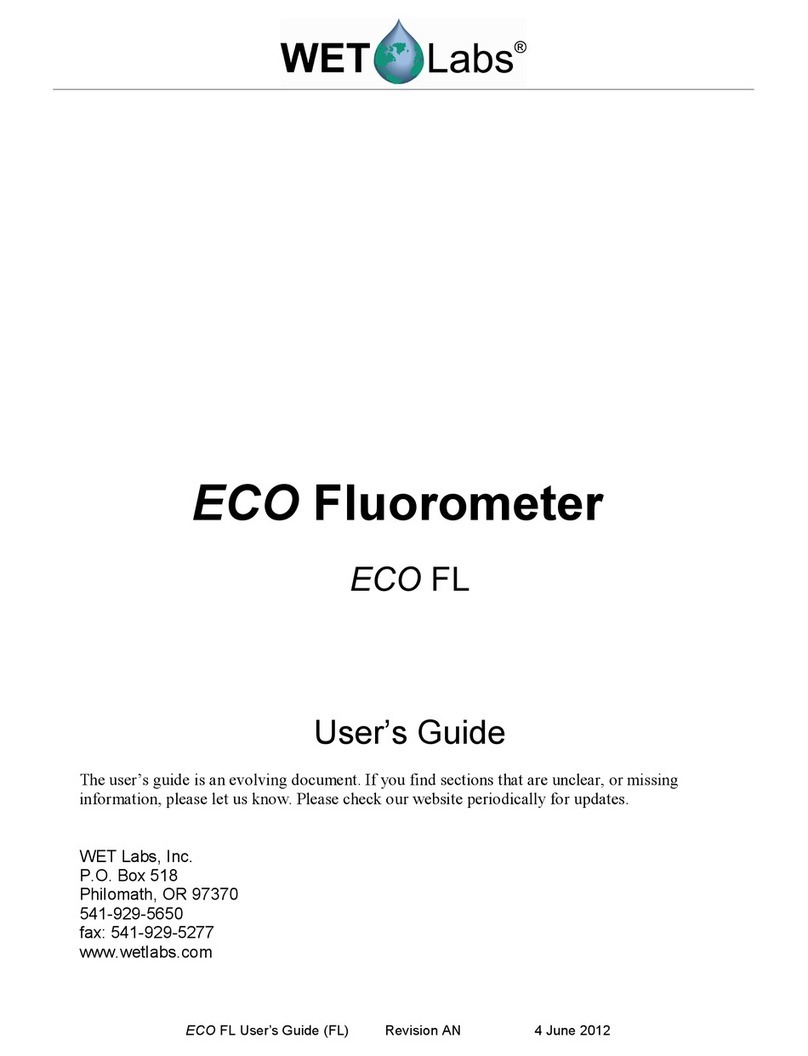
ac-s User’s Guide (ac-s) Revision F 9 Feb. 2006 i
Table of Contents
1. Instrument Setup and Testing.........................................................................1
1.1 Installing WETView ................................................................................................ 1
1.2 Bench Testing .......................................................................................................... 2
1.3 Air Tracking............................................................................................................. 3
1.4 Cleaning ...................................................................................................................3
1.5 System Requirements............................................................................................... 5
2. Operation...........................................................................................................6
2.1 Basic Power On........................................................................................................ 6
2.2 Mounting and Deploying the Meter......................................................................... 6
2.3 Data Collection ........................................................................................................ 9
2.4 Care and Maintenance............................................................................................ 10
3. Data Processing..............................................................................................11
3.1 Analog Acquisition ................................................................................................ 11
3.2 Analog-to-Digital Conversion ............................................................................... 11
3.3 Digital Processing and Data Output....................................................................... 11
3.4 Data Format ........................................................................................................... 11
3.5 Post Processing ...................................................................................................... 11
3.6 Temperature-dependent Absorption Correction .................................................... 13
3.7 Scattering Correction ............................................................................................. 14
4. Calibration and Characterization...................................................................15
4.1 Temperature Correction......................................................................................... 15
4.2 Precision................................................................................................................. 15
4.3 Absolute Calibration .............................................................................................. 16
4.4 Linearity and Dynamic Range ............................................................................... 16
4.5 Air Calibration and Tracking................................................................................. 16
5. Specifications .................................................................................................19
5.1 Connectors ............................................................................................................. 19
5.2 Power Requirements .............................................................................................. 21
6. Technical Reference.......................................................................................22
6.1 Mechanical............................................................................................................. 22
6.2 Optics ..................................................................................................................... 22
6.3 Electronics.............................................................................................................. 25
6.4 Signal Processing................................................................................................... 25
Appendix A: Data Record Format......................................................................28
Primary Processing ............................................................................................................. 30
Appendix B: Pressure Sensor Use and Care....................................................33
Appendix C: Common Mode A/C Induced Noise .............................................34






























